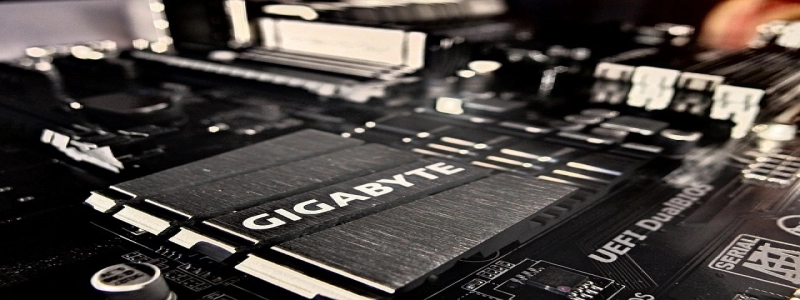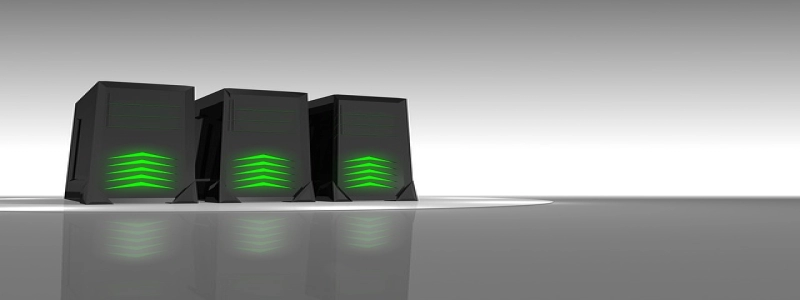# Arduino Ethernet Library
## Einführung
The Arduino Ethernet Library is a powerful tool that allows Arduino boards to connect to the internet or local network using the Ethernet shield. It provides a set of functions and classes that make it easy to establish network connections, send and receive data, and interact with various internet protocols.
## Installation
Before using the Arduino Ethernet Library, you need to make sure that you have the necessary hardware and software components. You will require an Arduino board (such as Arduino Uno or Arduino Mega), an Ethernet shield, and the Arduino IDE. The Arduino IDE can be downloaded from the official Arduino website.
To install the library, follow these steps:
1. Open the Arduino IDE.
2. Go to \”Sketch\” -> \”Include Library\” -> \”Manage Libraries\”.
3. In the \”Library Manager\” window, search for \”Ethernet\”.
4. Click on the \”Ethernet\” library and click the \”Install\” button.
5. Wait for the installation to complete.
## Usage
To use the Arduino Ethernet Library, include the necessary header files in your Arduino sketch. The most commonly used header files are \”Ethernet.h\” and \”EthernetClient.h\”. You can then use the functions and classes provided by these header files to establish network connections and communicate with servers.
Here is a basic example that demonstrates how to use the Arduino Ethernet Library to connect to a server and retrieve the contents of a webpage:
“`cpp
#include
byte mac[] = { 0xDE, 0xAD, 0xBE, 0xEF, 0xFE, 0xED };
IPAddress ip(192, 168, 0, 177);
EthernetClient client;
void setup() {
Ethernet.begin(mac, ip);
Serial.begin(9600);
delay(1000);
Serial.println(\”Connecting to server…\”);
if (client.connect(\”www.example.com\”, 80)) {
Serial.println(\”Connected!\”);
client.println(\”GET / HTTP/1.0\”);
client.println(\”Host: www.example.com\”);
client.println();
}
}
void loop() {
if (client.available()) {
char c = client.read();
Serial.print(c);
}
if (!client.connected()) {
Serial.println(\”Disconnected!\”);
client.stop();
while(true);
}
}
“`
This example demonstrates how to establish a connection to a server using the `client.connect()` function. It then sends an HTTP request to retrieve the contents of a webpage. The received data is then printed to the serial monitor using the `client.read()` function.
## Additional Features
The Arduino Ethernet Library provides many additional features that allow you to perform more advanced operations. Some of these features include:
– Support for different networking protocols such as HTTP, DNS, DHCP, and FTP.
– Support for secure connections using SSL/TLS.
– Ability to send and receive data in various formats such as JSON, XML, and plain text.
– Support for WebSocket communication.
– Ability to create a web server on the Arduino board.
These additional features make the Arduino Ethernet Library a powerful tool for creating projects that require internet connectivity or network communication.
## Abschluss
The Arduino Ethernet Library is a versatile and powerful tool for connecting Arduino boards to the internet or local network. It provides a set of functions and classes that make it easy to establish network connections, send and receive data, and interact with various internet protocols. Whether you want to retrieve data from a server, create a web server, or perform more advanced networking tasks, the Arduino Ethernet Library has you covered. So go ahead, install the library, and start exploring the endless possibilities of Arduino networking.








